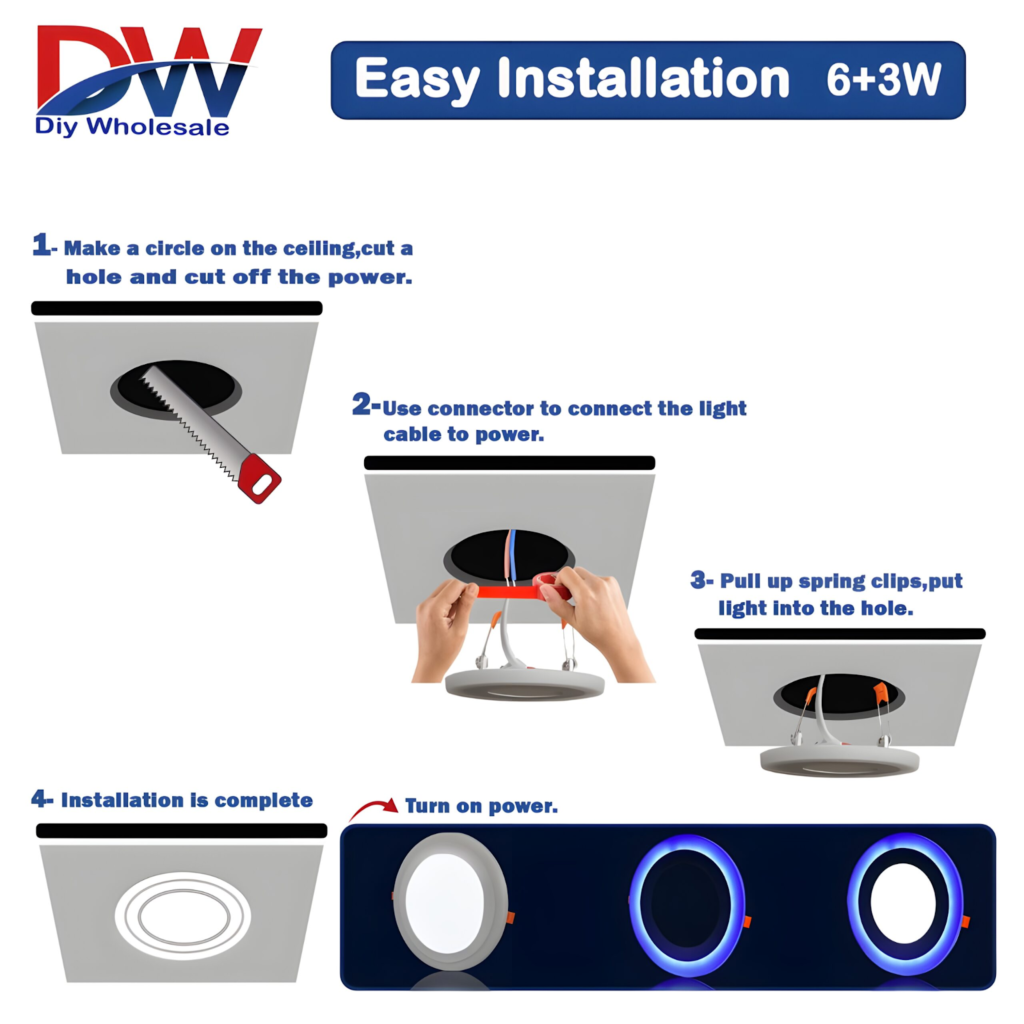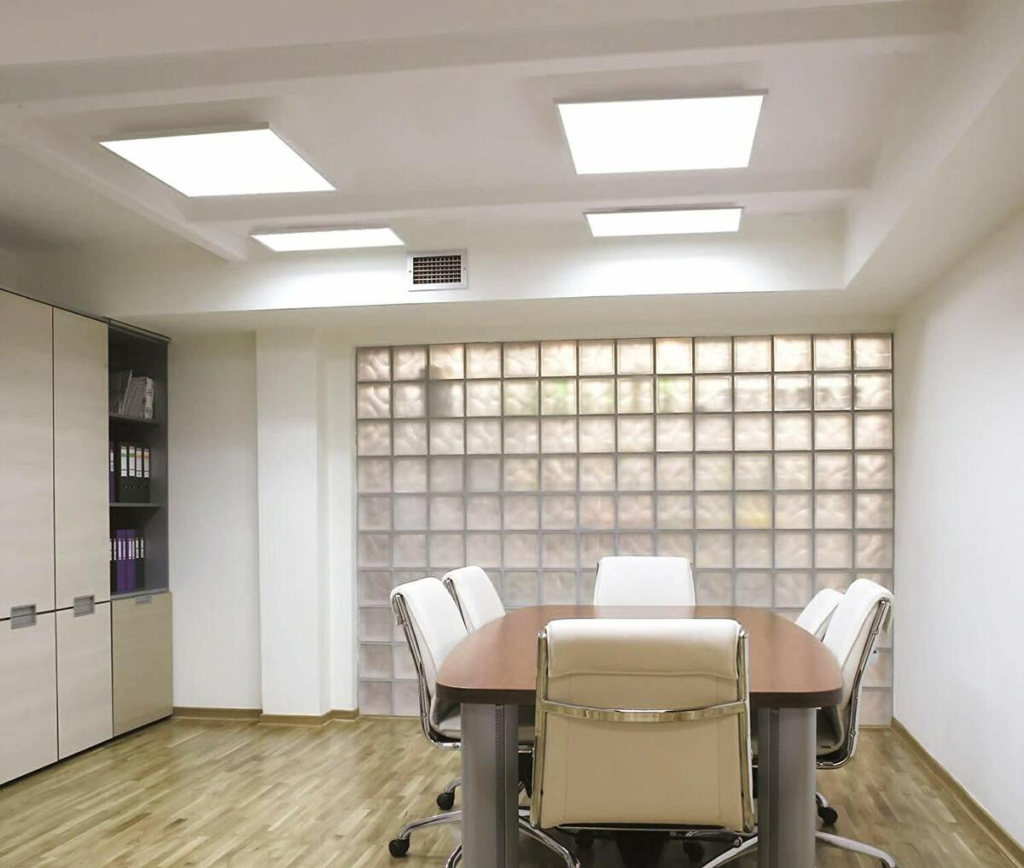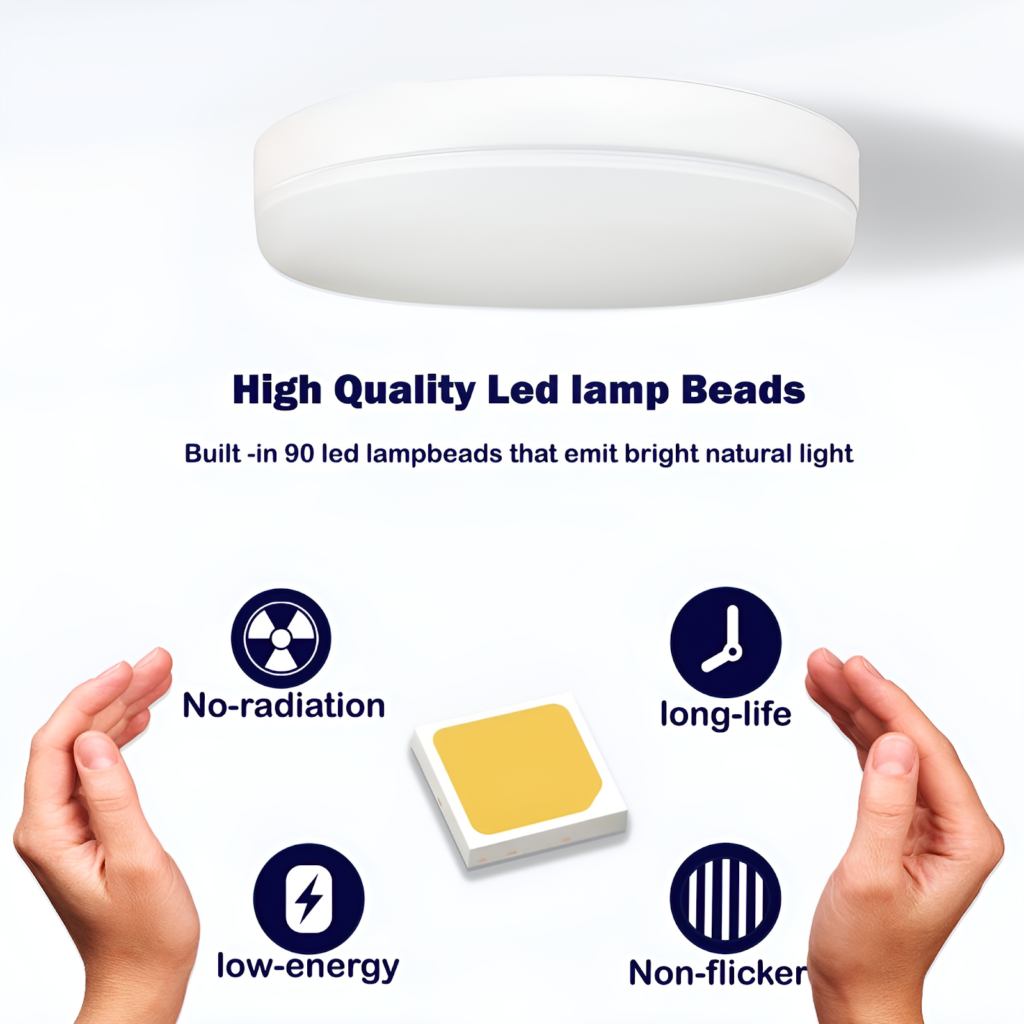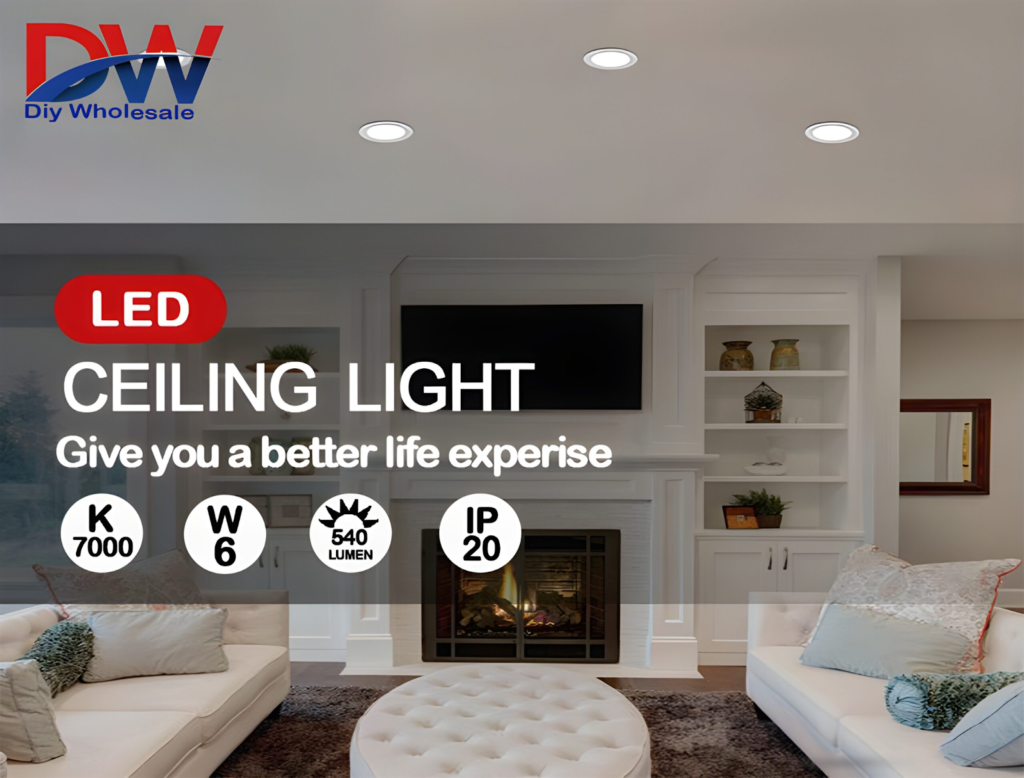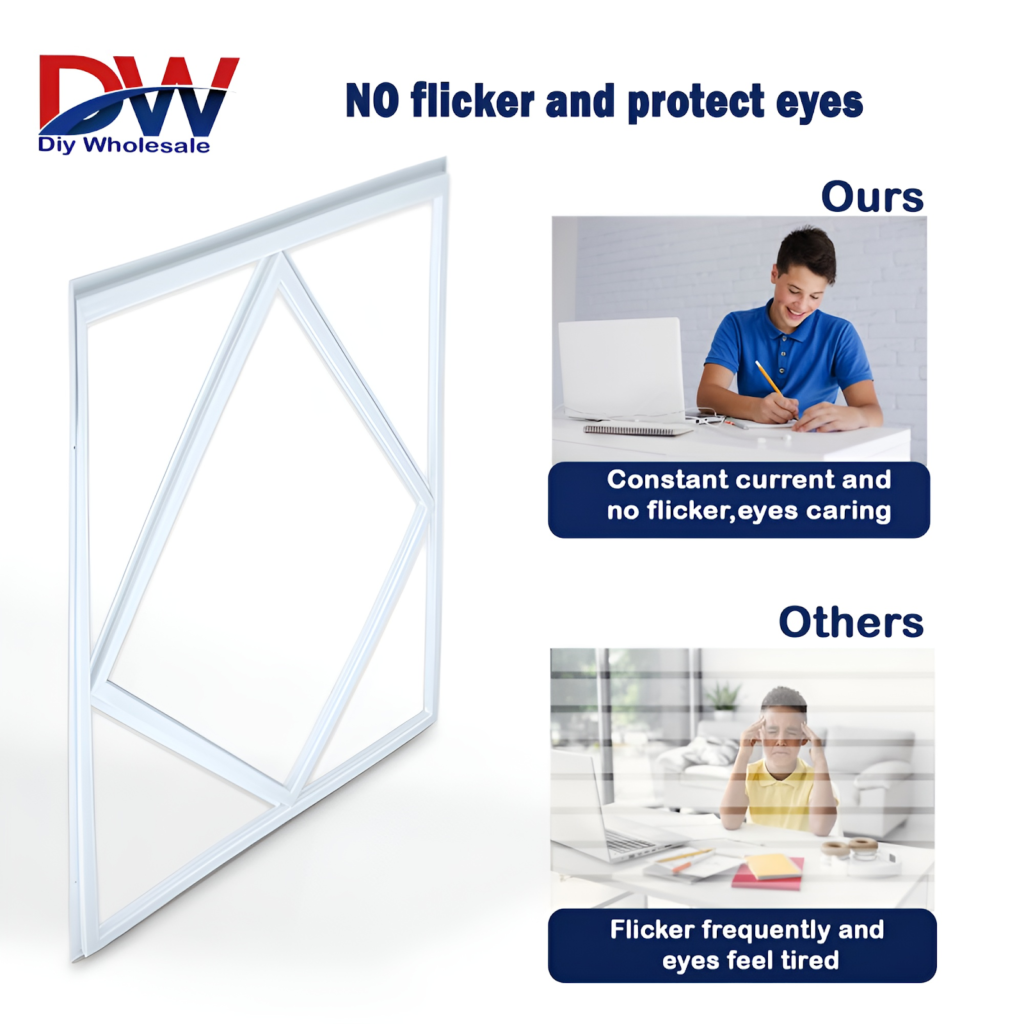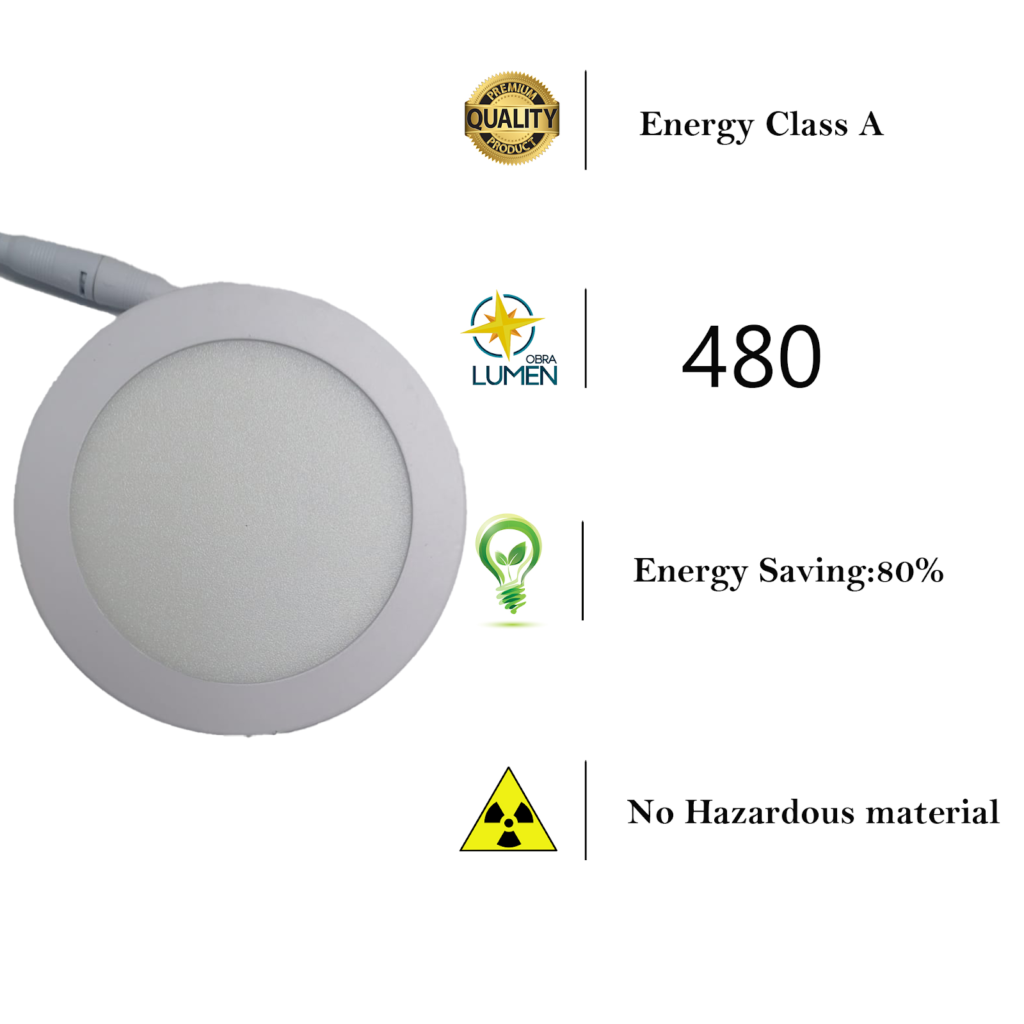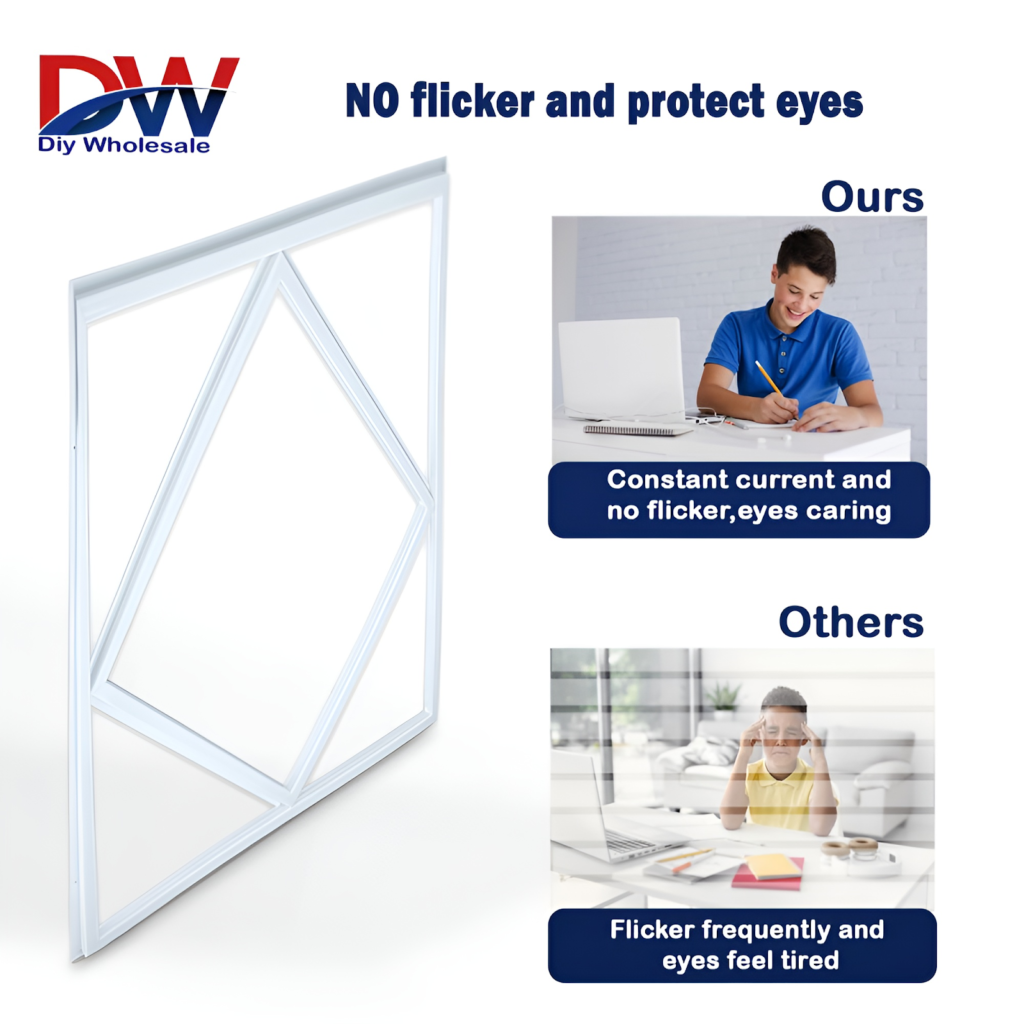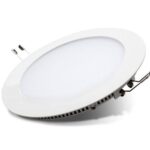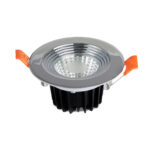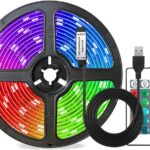Introduction
LED panels have developed as a popular choice for lighting diverse locations due to their energy efficiency and versatility. However, one important factor to consider is the illumination temperature.
This article will go into the differences between led panel 3500k and 4000K LED panels to help you make an informed decision about your lighting needs.
What is LED panel lighting?
LED panel illumination is a flat panel with numerous light-emitting diodes (LEDs) distributed evenly across its surface.
These panels provide uniform illumination and are widely utilized in residential, commercial, and industrial applications.
They are well-known for their durability, energy efficiency, and excellent light quality.
Importance of Selecting the Right Lighting Temperature
The illumination temperature of LED panels has a significant impact on the ambiance and mood of a space. Whether you want a warm and comforting setting or a bright and energizing environment, choosing the optimum lighting temperature is critical.
led panel 3500k: Warm White Illumination
LED panels with a color temperature of 3500K produce a warm white light that resembles natural sunshine at sunrise or dusk.
This gentle and pleasant lighting produces a welcome atmosphere, making it excellent for home settings including living rooms, bedrooms, and dining rooms.
Furthermore, the led panel 3500k encourages relaxation and comfort, making them ideal for cozy evenings spent indoors.
4000K LED Panels: Neutral White Lighting
On the other hand, LED panels with a color temperature of 4000K generate a neutral white light that strikes a balance between warm and cold tones.
This form of illumination is appropriate for a variety of settings, including offices, classrooms, and retail outlets.
4000K LED panels produce superb color rendering, making them perfect for applications requiring precise visibility and focus.
Factors to Consider When Choosing Between 3500K and 4000K
Several factors should be taken into account when deciding between 3500K and 4000K LED panels, including the environment, personal preference, and energy efficiency.
- Environment and Application:
When deciding on a lighting temperature, keep the space’s intended purpose in mind. Bedrooms and lounges are ideal places to relax and unwind. Conversely, areas that require maximum visibility and focus, such as workplaces and workstations, may benefit from 4000K panels’ neutral white lighting.
- Personal Preference and Comfort
Personal tastes and comfort levels are also important considerations in the decision-making process. If you desire a cozy and personal setting, choose 3500K LED panels. However, if you like a more dynamic and bright environment, 4000K panels would be better suited.
- Energy Efficiency
It is critical to evaluate the energy efficiency of LED panels, as greater color temperatures often require more electricity. If energy conservation is a top goal, consider 3500K panels, which provide appropriate illumination while using the least amount of electricity.
DIY LED Panel: Customize Your Lighting Solution
Building a DIY LED panel offers a wonderful opportunity to adapt the illumination temperature to your individual requirements.
Steps for Building a DIY LED Panel
- Gather the essential components, which include LED strips, an aluminum frame, a diffuser panel, and a power supply.
- Construct the frame and distribute the LED strips evenly throughout the surface.
- Install the diffuser panel to guarantee even lighting distribution.
- Connect the LED panel to a power supply and check its operation.
- Fine-tune the illumination temperature by choosing LEDs with the desired color temperature.
Customization Options for Temperature
DIY LED panel provide freedom in temperature adjustment, allowing you to experiment with different color temperatures until you discover the perfect balance for your space.
Warm white led panel vs. Neutral White LED Panel
To help you make an informed decision, we’ll examine the major features of warm white led panel and neutral white LED panel:
- Brightness and intensity
warm white led panel produce a softer, more muted light than neutral white panels, which provide more brightness and intensity.
- Color Rendering Index (CRI).
Both led panel 3500k and 4000K LED panel have strong color rendering indexes, which provide accurate color reproduction and visual clarity.
- Practical applications
A warm white led panel is ideal for domestic settings, giving a pleasant and welcoming atmosphere.
Neutral white LED panels are great for commercial and industrial applications, as they provide excellent visibility and job illumination.
Conclusion
In the end, the decision between 3500K and 4000K LED panels comes down to personal preference and practical concerns. Whether you value warmth and comfort or brightness and clarity, there is a lighting temperature for every room and need.
Understanding the distinct characteristics of each option allows you to make an informed decision that improves the atmosphere and functionality of your space.


